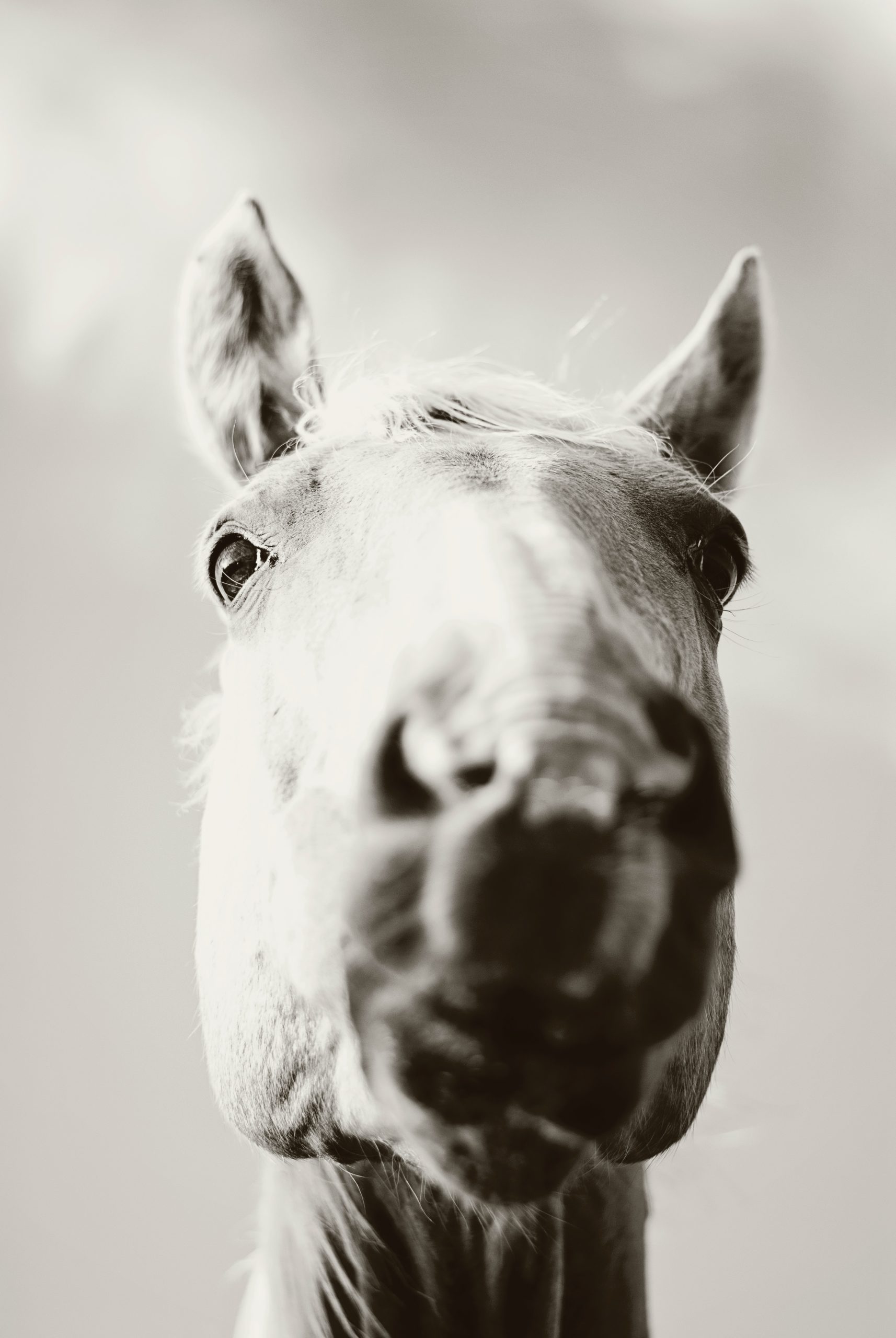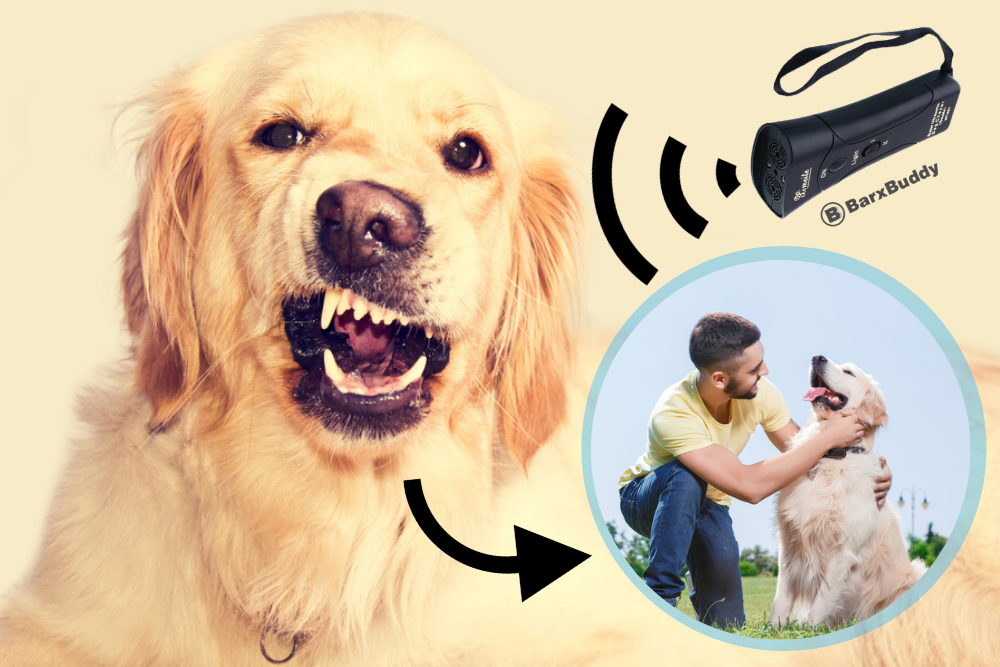Horse ownership is a big commitment. Whether you enjoy taking jumps in a corral or trotting along a backwoods trail, you will spend hours tending to your companion before and after every ride. With luck, your horse usually rewards you with a healthy gait and happy demeanor as a result of your care. Occasionally, you may notice your horse develops a step that differs from the usual pattern, and then you have to assess the cause and degree of lameness. Perform the following checks to create a recuperation plan for your prized mount.
Identify a Limp
Have a partner film your healthy horse while you walk and then ride the horse around a paddock. Schedule ongoing days to observe your horse walking while using this file to as a reference for comparison. You will know there is a problem when your horse walks with a limp on consecutive days. Open this file to check when you suspect your horse may be lame, and most importantly, do not ride until your veterinarian gives the go-ahead.
Determine Overuse
If your horse starts to show a change in how he or she walks, determine if it may be of long-term concern. That is because your horse may occasionally suffer from mild soreness merely from overuse, especially after jumping and other small-arena exercises. Give your horse some downtime from strenuous workouts, and take steps to and minimize future occurrences. Switch to well-designed horse jump accessories and other focused exercise products that will ensure safer recreational routines.
Check the Feet
Because horses walk over a variety of surfaces, small stones and twigs can get stuck in their feet. Pick up your horse’s leg and check for anything embedded in the soft tissue or the cracks in the hoof. Look for bruises and bleeding caused by surface imperfections. If you find only debris and no injury, cleaning the hooves can resolve issues and prevent long-term lameness.
Examine the Legs
When you have determined that your horse has developed a limp, run your hand up and down the legs. Note any swelling or excess warmth, both of which clearly indicate an injury. If this is the case, do not ride your animal, and call the vet immediately.
Because humans and horses share a special bond, most owners take pride in the care they give to their partners. Horse riders understand that lameness is of special concern. Take each day in stride by developing strategies to recognize its causes and to remediate the condition.



